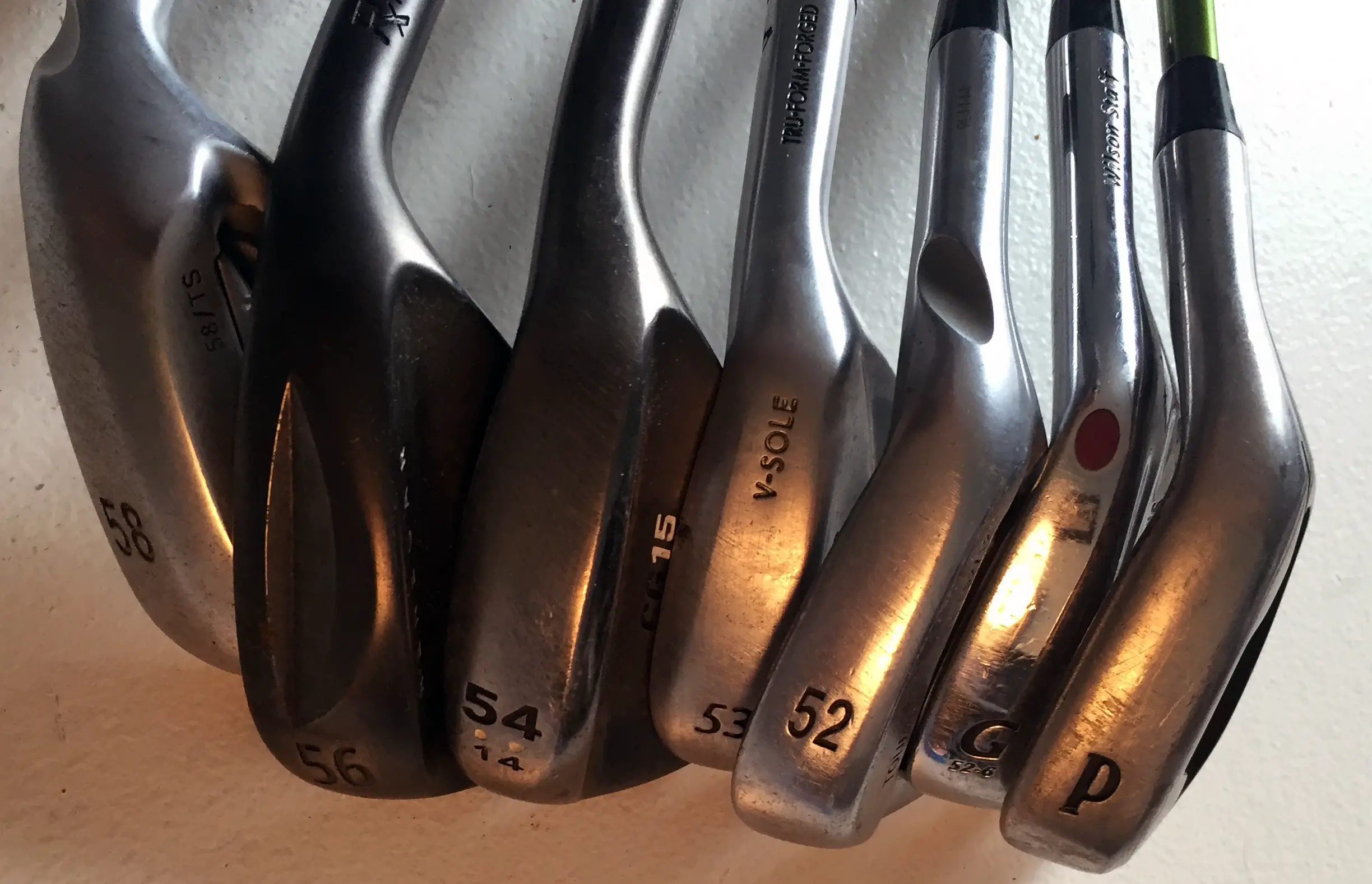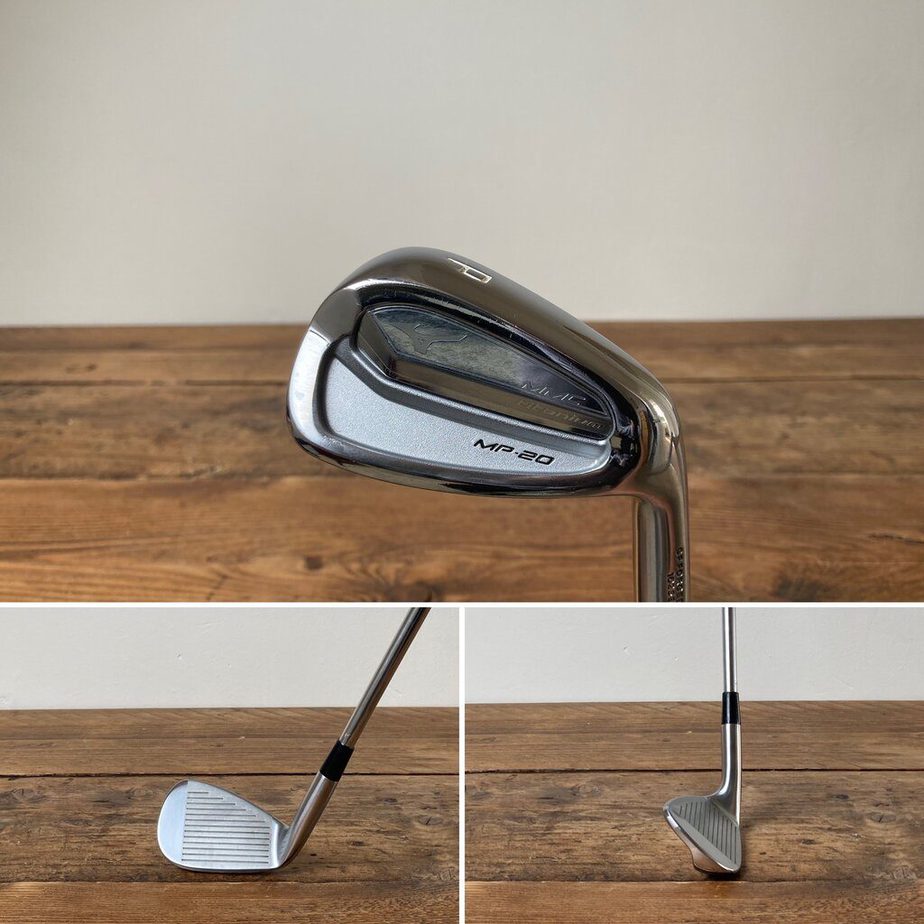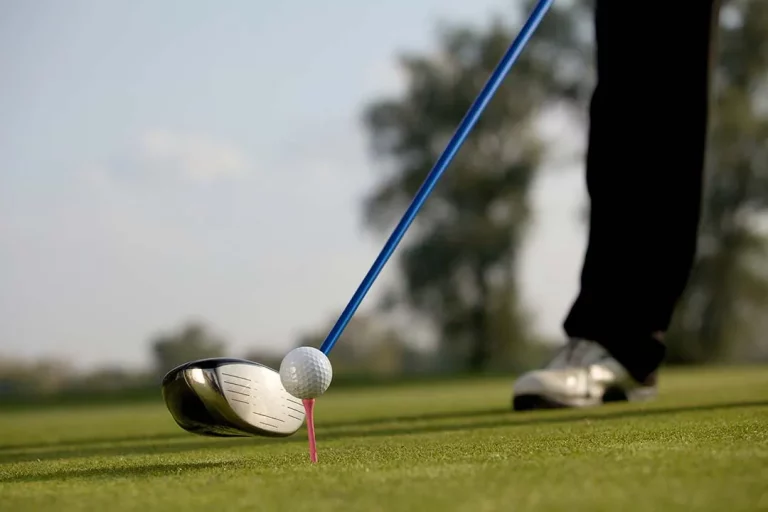What Degree Loft is a Pitching Wedge

The pitching wedge is a versatile club in a golfer’s bag, commonly used for approach shots around the green. One important aspect of the pitching wedge is its degree loft, which plays a significant role in determining the trajectory, distance, and control of your shots. Understanding the degree loft of a pitching wedge is crucial for golfers of all skill levels to make informed decisions on the course.
The degree loft refers to the angle of the clubface in relation to the vertical axis. In the case of a pitching wedge, the degree loft typically ranges from 44 to 48 degrees, although it may vary slightly depending on the manufacturer and specific model. The degree loft of a pitching wedge is designed to provide the optimal combination of height, distance, and accuracy for approach shots.
In this article, we will explore in detail what degree loft means for a pitching wedge and how it affects your game. We will delve into the impact of different degree lofts on trajectory, shot distance, spin, and control. Additionally, we will discuss factors to consider when selecting the right degree loft for your pitching wedge, such as skill level, course conditions, shot preferences, and wedge set composition.
Whether you are a beginner looking to understand the basics or an experienced golfer seeking to optimize your game, this comprehensive guide will provide valuable insights into the degree loft of a pitching wedge and its significance in your golfing arsenal. So, let’s dive in and explore the fascinating world of pitching wedge loft!

Understanding Degree Loft
To grasp the concept of degree loft, we need to understand its definition and how it relates to golf clubs. Degree loft refers to the angle between the clubface and the vertical plane when the club is in its standard position. In simpler terms, it measures the “loftiness” of the clubface. The higher the degree loft, the more vertical the clubface is, resulting in a higher trajectory for the golf ball.
The Degree Loft of a Pitching Wedge
A pitching wedge is one of the most commonly used irons in golf, and its degree loft typically falls within the range of 44 to 48 degrees. However, it’s important to note that the specific degree loft may vary slightly depending on the golf club manufacturer and model. Let’s take a closer look at the degree loft of a pitching wedge and its implications on the golf course.
Degree Loft Variations
Different golf club manufacturers may design their pitching wedges with slight variations in degree loft. These variations can impact the ball flight, distance, and overall performance of the club. It is essential to check the specifications provided by the manufacturer to determine the exact degree loft of a specific pitching wedge model.
Standard Degree Loft
The standard degree loft for a pitching wedge is typically around 45 to 46 degrees. This loft is designed to provide a balanced trajectory and distance for approach shots and short game shots around the green. It offers a good balance between loft and distance, allowing golfers to control their shots effectively.
Higher Degree Loft Options
Some golfers may opt for pitching wedges with higher degree loft options, such as 47 to 48 degrees. These higher lofted wedges can be useful for shots that require a higher trajectory or when playing on courses with softer turf conditions. The additional loft helps the ball get up in the air quickly and land softly on the green.
Lower Degree Loft Options
Conversely, golfers may also choose pitching wedges with slightly lower degree loft options, such as 44 to 45 degrees. These lower lofted wedges are beneficial when playing on courses with firmer turf conditions or when a lower trajectory is desired. The reduced loft helps to keep the ball flight lower and allows for better control in windy conditions.
Impact of Degree Loft on Shots
The degree loft of a pitching wedge significantly influences the ball flight, distance, and control of each shot. Let’s explore the impact of degree loft on various types of shots that can be executed with a pitching wedge.
Full Swing Shots
When hitting a full swing shot with a pitching wedge, the degree loft plays a crucial role in determining the trajectory and distance. A higher degree loft will result in a higher ball flight with more backspin, allowing the ball to stop quicker on the green. Conversely, a lower degree loft will produce a lower ball flight with less backspin, providing more roll upon landing.
Pitching and Chipping
Pitching and chipping shots around the green require precision and control. The degree loft of a pitching wedge influences the height and spin of these shots. A higher degree loft provides more loft and allows the golfer to get the ball up quickly and easily clear obstacles and stop the ball on the green with minimal roll. It is ideal for shots where you need to carry the ball over a bunker or other hazards.
On the other hand, a lower degree loft requires a more precise and controlled shot. It produces a lower trajectory with less spin, resulting in a shot that rolls more upon landing. This can be advantageous when you have a lot of green to work with or need to navigate a downhill slope.
Bunker Shots
When faced with a bunker shot, the degree loft of your pitching wedge is crucial in determining the height and distance the ball will travel. A higher degree loft provides the necessary loft to clear the lip of the bunker and land softly on the green. It allows you to execute high, floating shots that minimize the roll and control the distance more effectively.
Specialty Shots
A pitching wedge with its degree loft can also be used for specialty shots, such as flop shots or high-arching shots over obstacles. By manipulating your setup and swing technique, you can adjust the loft and trajectory of the ball to execute these advanced shots.
Selecting the Right Degree Loft
Choosing the right degree loft for your pitching wedge depends on various factors, including your skill level, course conditions, and personal preferences. Here are some considerations to keep in mind when selecting the degree loft:
- Skill Level: Higher degree lofts may be more forgiving for beginner or high-handicap golfers, as they provide easier elevation and softer landings. Lower degree lofts require more precision and control.
- Course Conditions: Consider the turf conditions and weather factors you typically encounter on the courses you play. Softer conditions may benefit from higher lofted wedges, while firmer conditions may favor lower loft options.
- Shot Preferences: Analyze your own playing style and shot preferences. If you tend to hit high shots with a lot of spin, a higher degree loft may be suitable. If you prefer lower, penetrating shots, a lower degree loft may be preferable.
- Gap Wedges and Wedge Sets: Keep in mind that the degree loft of your pitching wedge should also complement the other wedges in your set, such as gap wedges, sand wedges, and lob wedges. Ensure there is a consistent gap between the degree lofts to cover different shot distances.
Practice and Experiment
Ultimately, the best way to determine the degree loft that suits your game is through practice and experimentation. Spend time on the practice green, experimenting with different lofted shots and observing their results. This hands-on approach will provide you with valuable insights into how the degree loft of your pitching wedge affects your shots.
Conclusion
Understanding the degree loft of a pitching wedge is essential for golfers of all skill levels. The loft directly influences the trajectory, distance, and control of your shots. Whether you opt for a standard degree loft or explore higher or lower loft options, finding the right degree loft for your pitching wedge can enhance your performance on the golf course. Remember to consider factors such as course conditions, shot preferences, and your overall wedge set to make an informed decision. With practice and experimentation, you can refine your skills and use the degree loft of your pitching wedge to your advantage.





